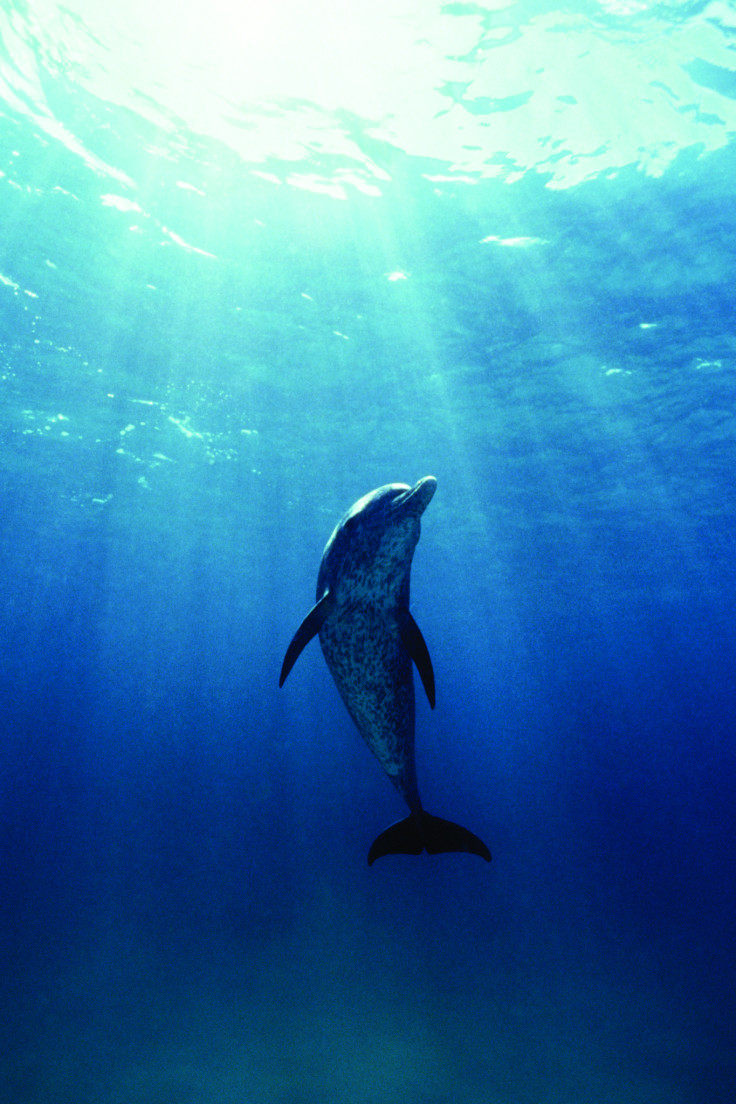Solomon Islands: Over 15,000 dolphins slaughtered in last 40 years as teeth trade surges

Over 15,000 dolphins have been slaughtered off the Solomon Islands since 1976 – a figure that will likely increase in coming years as the trade of their teeth surges.
The drive hunting of dolphins is particularly prominent on the island of Malaita, with the most active village, Fanalei, responsible for thousands slaughtered.
In 2010, the village suspended hunting in exchange for financial compensation from an international non-governmental organisation. However, it resumed in 2013 and a single dolphin tooth can now fetch about 70 cents (46p) – a fivefold increase since 2003.
Scientists at the Marine Mammal Institute at Oregon State University say the resumption of drive hunting seen on the Solomon Islands will increase dolphin vulnerability across the globe.
Marc Oremus, lead author of the study published in the Royal Society Open Science, said: "After the agreement broke down in 2013, a local newspaper reported that villagers had killed hundreds of dolphins in just a few months. So we went to take a look."
"The main objective of the hunt is to obtain dolphin teeth that are used in wedding ceremonies. The teeth and meat are also sold for cash."

He said the people are aware of the risks of exploiting the dolphin population and that there is little authorities can do: "The government of the Solomon Islands has contributed substantially to research in recent years, but is not well-equipped to undertake the scale of research needed to estimate abundance and trends of the local dolphin population."
Researchers found that during the first three months of 2013, over 1,500 spotted dolphins were killed. A further 159 spinner dolphins and 15 bottlenose dolphins were also slaughtered. Their findings represent one of the largest documented dolphin hunts in the world – rivalling those seen in Japan.
To kill them, hunters in 20 to 30 canoes use rounded stones to create a clapping sound underwater. They then move into a U-shape around the dolphins, using the sound as an acoustic barrier to drive them towards shore, where they are slaughtered.
Scott Baker, study co-author, said: "In the Solomon Islands, the hunting is as much about culture as economic value. In other parts of the world, however, the targeting of dolphins and other small cetaceans appears to be increasing as coastal fishing stocks decline.

"The hunting of large whales is managed by the International Whaling Commission. But there is no international or inter-governmental organisation to set quotas or provide management advice for hunting small cetaceans. Unregulated and often undocumented exploitation pose a real threat to the survival of local populations in some regions of the world."
Baker also said the increase in value of their teeth was "troubling" as it creates another commercial incentive for the hunting. The study said it was not clear why the price of dolphin teeth has increased, but that it was possible the two year hunting hiatus could have increased demand.
"The increase in the price of teeth could have been a factor in the decision by the village of Ata'a to resume hunting in December 2012," the authors added.
"It was our impression that the people of Fanalei were puzzled by the attention they attracted in resuming the recent dolphin hunt. To them, it seemed that the agreement with EII represented only a rather brief lapse in a long history of hunting.
"They explained that stopping the hunt had brought much tension in the village and that resuming it brought back peace among community members. Therefore, they made it clear that they intended to continue the hunt."
© Copyright IBTimes 2024. All rights reserved.







